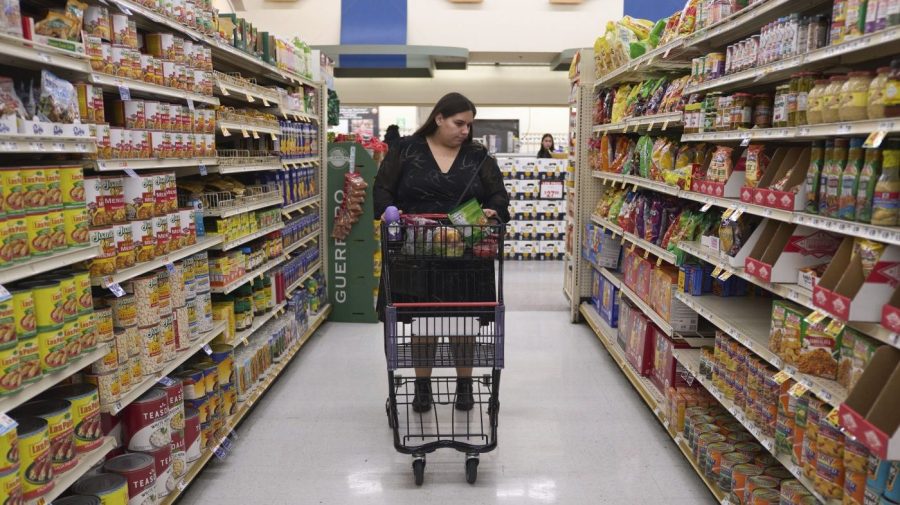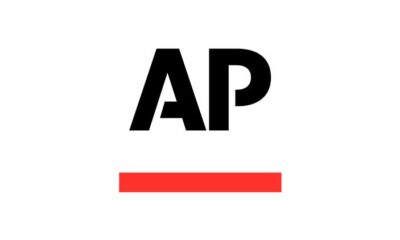Health
Government Shutdown Threatens SNAP Funding Across Multiple States

The ongoing government shutdown in the United States is jeopardizing funding for the Supplemental Nutrition Assistance Program (SNAP), which provides essential benefits to millions of low-income individuals and families across the country. This program, formerly known as food stamps, is primarily funded by the U.S. Department of Agriculture (USDA). As the impasse in Congress continues, states are bracing for potential disruptions in the delivery of these crucial benefits.
The SNAP program operates through a federal-state partnership, where the federal government shares the costs of administering benefits with individual states. In the event of a prolonged shutdown, federal support for states may dwindle, leading to significant concerns about the ability of local programs to meet the needs of their communities. States rely on this funding to ensure that vulnerable populations have access to necessary nutrition.
Implications for Affected States
Various states have already begun to prepare for the potential impacts of the shutdown. For instance, state officials in California and New York have expressed worries about the availability of funds to support their SNAP programs if the deadlock persists. Some states may have enough reserves to continue benefits temporarily, but a prolonged shutdown could force them to make difficult decisions regarding funding and resource allocation.
According to the USDA, SNAP assists nearly 42 million Americans, providing an average benefit of around $250 per month per participant. This program is especially vital for low-income families, the elderly, and individuals with disabilities. The loss of funding could lead to increased food insecurity, as many depend on these benefits to afford adequate nutrition.
Federal Response and Future Outlook
As lawmakers continue negotiations to resolve the shutdown, the future of SNAP funding remains uncertain. Federal officials stress the importance of reaching an agreement quickly to prevent disruptions in critical services. In a statement, a representative from the USDA urged Congress to act swiftly to ensure that funds are available for these essential programs.
The broader implications of a prolonged shutdown extend beyond SNAP. Many federal programs and services face similar risks, highlighting the interconnectedness of government functions that support public welfare. As the situation develops, state officials and advocates for food security are closely monitoring the negotiations, urging prompt action to protect the most vulnerable populations.
In conclusion, the ongoing government shutdown poses a significant risk to SNAP funding, with potential consequences for millions of Americans relying on this vital assistance. The urgency of addressing this issue cannot be overstated, as lawmakers work to find a resolution that secures necessary funding for essential services.
-

 Technology5 months ago
Technology5 months agoDiscover the Top 10 Calorie Counting Apps of 2025
-

 Health3 months ago
Health3 months agoBella Hadid Shares Health Update After Treatment for Lyme Disease
-

 Health3 months ago
Health3 months agoErin Bates Shares Recovery Update Following Sepsis Complications
-

 Technology4 months ago
Technology4 months agoDiscover How to Reverse Image Search Using ChatGPT Effortlessly
-

 Technology1 month ago
Technology1 month agoDiscover 2025’s Top GPUs for Exceptional 4K Gaming Performance
-

 Technology3 months ago
Technology3 months agoElectric Moto Influencer Surronster Arrested in Tijuana
-

 Technology5 months ago
Technology5 months agoMeta Initiates $60B AI Data Center Expansion, Starting in Ohio
-

 Technology5 months ago
Technology5 months agoRecovering a Suspended TikTok Account: A Step-by-Step Guide
-

 Health4 months ago
Health4 months agoTested: Rab Firewall Mountain Jacket Survives Harsh Conditions
-

 Lifestyle5 months ago
Lifestyle5 months agoBelton Family Reunites After Daughter Survives Hill Country Floods
-

 Health3 months ago
Health3 months agoAnalysts Project Stronger Growth for Apple’s iPhone 17 Lineup
-

 Technology4 months ago
Technology4 months agoHarmonic Launches AI Chatbot App to Transform Mathematical Reasoning





















